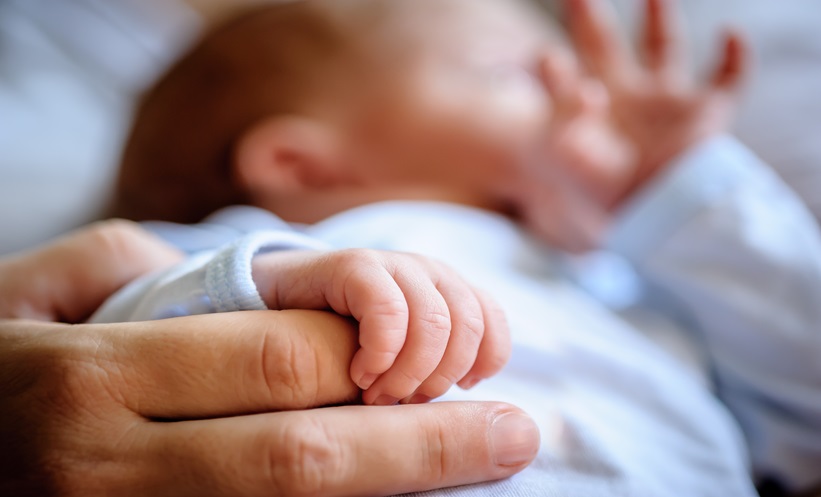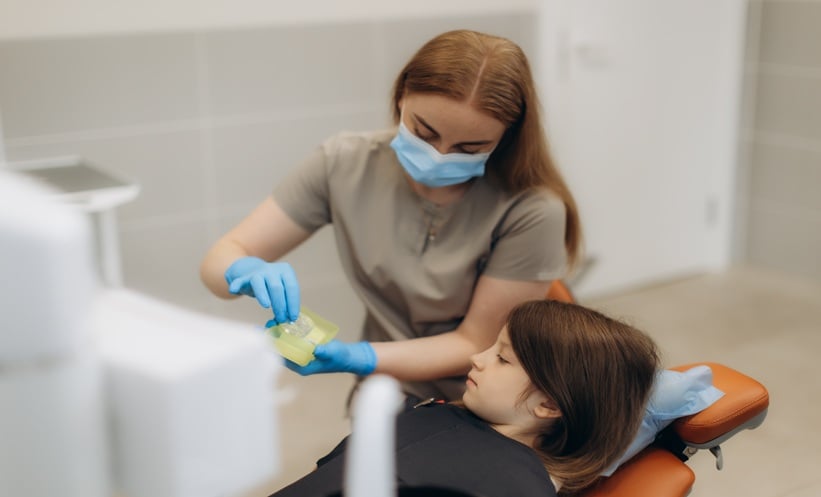MATERNAL mortality rates between 2020 and 2022 have increased significantly compared to 2017-2019 finds a report published by Mothers and Babies: Reducing Risk through Audits and Confidential Enquiries across the UK (MBRRACE-UK). Overall, 296 women died between 2020 to 2022 during pregnancy or within 42 days of the end of pregnancy in the UK, with 275 women dying from direct or indirect causes, as classified by the World Health Organisation. With 2,028,543 maternities reported in total, the maternal death rate was 13.56 per 100,000 maternities (95% CI, 12.00–15.26). This compares to a rate of 11.66 per 100,000 maternities (95% CI, 10.23–13.23) in 2019–2021 (rate ratio [RR]: 1.16; 95% CI 0.97–1.39; p=0.088) and a rate of 8.79 per 100,000 maternities (95% CI, 7.58–10.12) in 2017-2019, (RR: 1.54; 95% CI, 1.28–1.87; p<0.001). It is important to note that the increased maternal death rate in 2020–2022 compared to 2019–2021 was not statistically significant.
Thrombosis and thromboembolism were the leading causes of maternal death, followed by COVID-19, cardiac disease, and mental health issues. Specifically considering COVID-19, rates of maternal death were lower than in 2019–2021, however this was not significant (RR: 0.75; 95% CI, 0.46-1.24; p=0.232). From 2021–2022, there was a significant reduction in the maternal mortality rate attributable to COVID-19 (RR: 0.22, 95% CI 0.06-0.58, p<0.001). The next most common direct causes of maternal death were suicide, obstetric haemorrhage and sepsis due to pregnancy-related infections, all causing 18 deaths.
Significant disparities persisted, with women from Black ethnic minorities almost three times more likely to die than White women (RR: 2.87; 95% CI, 1.86–4.28). This has reduced compared to the rate in 2019–2021, but not significantly so. Women from Asian backgrounds also continued to be at higher risk than White women (RR: 1.65; 95% CI, 1.14–2.34); the mortality rate for women from Asian ethnic backgrounds was higher, but not significantly so, than the rate in 2019–2021 (RR: 1.14; 95% CI, 0.71–1.86; p=0.563).
Finally, women living in the 20% most deprived areas continue to have the highest maternal mortality rates, more than double the maternal mortality rate of women living in the 20% least deprived areas (RR: 2.18; 95% CI, 1.38–3.58); though not statistically significant, this disparity is higher than the disparity in 2019–2021.
Abigail Craig, EMJ
Reference
Mothers and Babies: Reducing Risk through Audits and Confidential Enquiries across the UK. Maternal mortality 2020-2022. 2024. Available at: https://www.npeu.ox.ac.uk/mbrrace-uk/data-brief/maternal-mortality-2020-2022#main-points. Last accessed: 15 October 2024.








